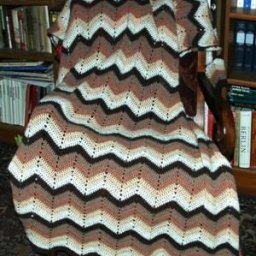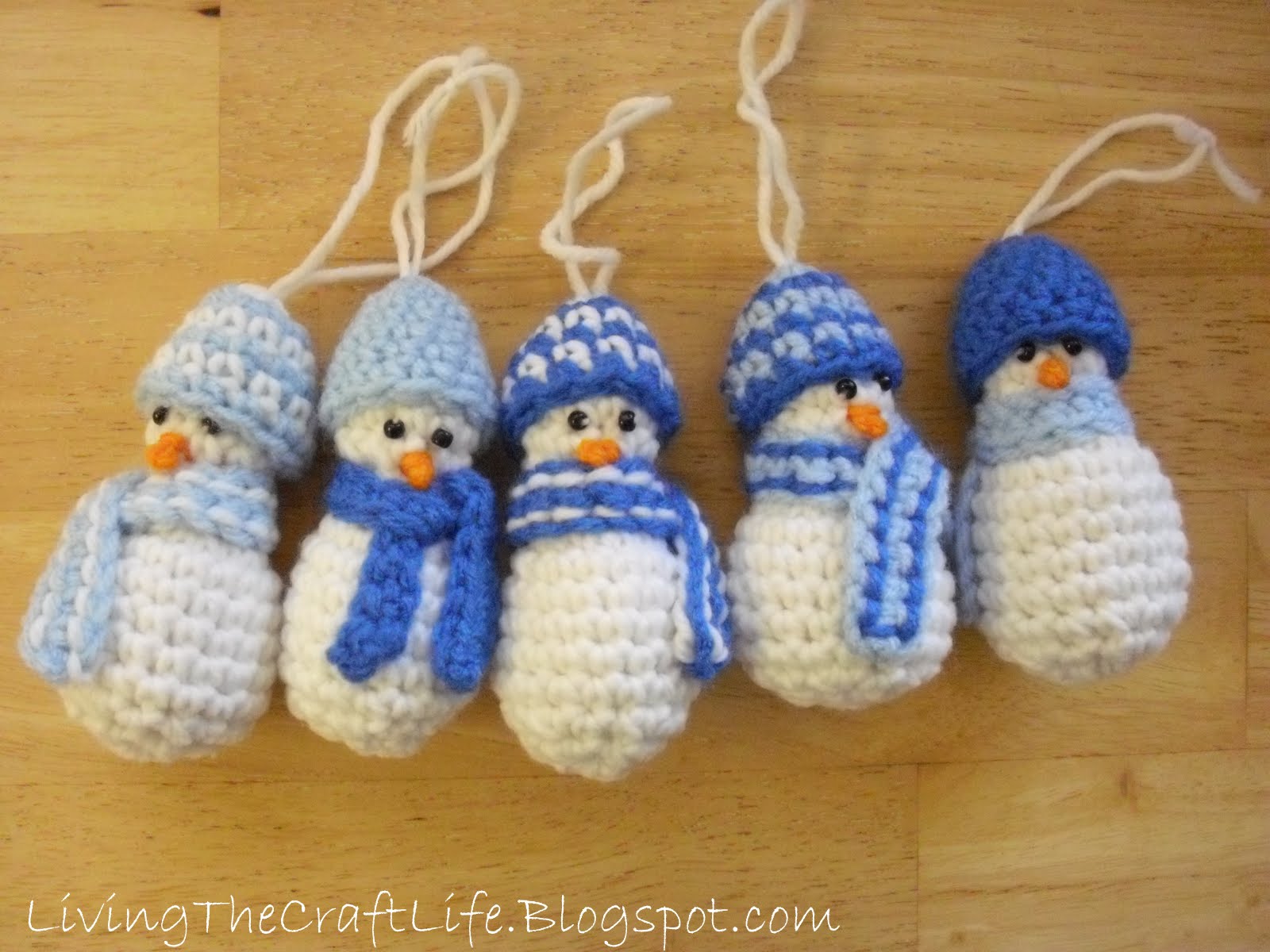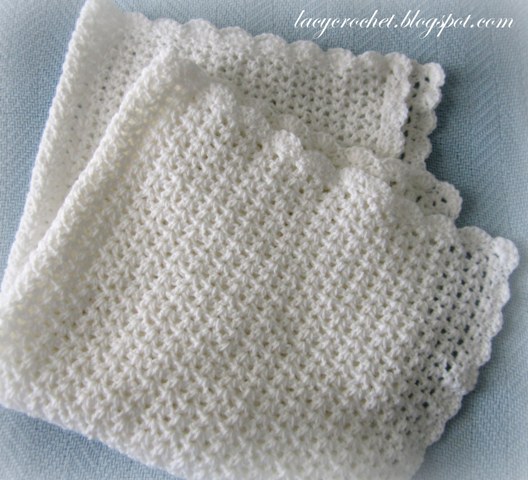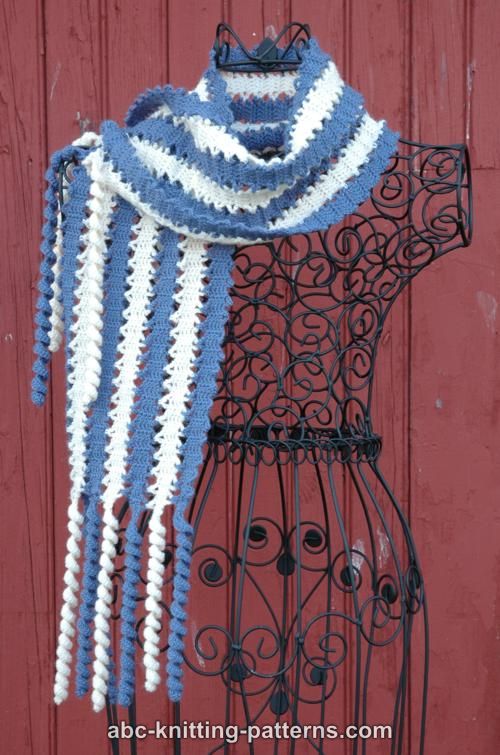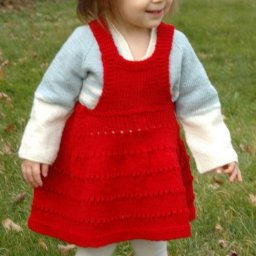Crochet Tomato Hot Pad: A Whimsical and Functional Kitchen Accessory
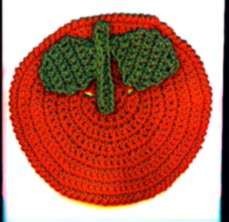
If you're looking to add a touch of charm and functionality to your kitchen, the Crochet Tomato Hot Pad is a fun and practical choice! This whimsical hot pad not only protects your countertops from heat but also adds a pop of color and personality to your cooking space. Its handmade crochet design gives it a unique and crafty feel, making it a lovely addition to any kitchen decor. Whether you're using it to set hot pots and pans on or simply displaying it as a cute accent piece, the Crochet Tomato Hot Pad is sure to bring a smile to your face every time you see it. So, add a splash of fun and functionality to your kitchen with this delightful and handmade hot pad!
Possible Variations
You can crochet this hot pad with acrylic yarn (but pay attention because acrylic tends to melt with very hot items); you can add other rounds at the end if you prefer a bigger pad; you can crochet it with thread or a thinner cotton yarn, like Lustersheen, to have a matching potholder (just add a chain hole yo hang it) and/or matching coasters.
Specifications
Size
: 20 cm (8 inches) diameterMaterial
: Worsted Weight Cotton yarn, colors: red (A), green (B); hook 5 mm.Stitches
: ch, sc, hdc, crab stitch (= like sc, but worked right to left).Difficulty
: Easy
Directions
Start with 4 ch with color A, join.
1. 1 ch, 10 sc in lp; join with sl st in first st.
2. 2 sc on first sc, (sc on next sc) 4 times; 1 ch, turn. (6 sc);
3. 2 sc on first sc, (sc on next sc, 2 sc on next sc) 2 times; 2 sc on last sc; 1 ch, turn. (10 sc);
4. 14 sc, incrementing at sides and making other 2 inc evenly; ch 1, turn;
5. 22 sc, incrementing at sides and making other 6 inc evenly; ch 1, turn;
6. 2 sc on first sc, (sc on next sc) 20 times, 2 sc on last sc, do not turn, but continue on 5 unworked scs in 1st rnd, making (2 sc on next sc, (sc on next sc) 3 times, 2 sc on last sc), join with sl st in first sc: 31 sc;
7-16. Continue working complete rounds in sc st, making evenly incs (3 or 4 incs per round should suffice) for maintaining the piece flat.
17. Work crab stitch all around. Cut yarn.
Leaves (Work 2)
With green, start with 3 ch.
1. sc in each ch; ch 1, turn. (3 sc)
2. 2 sc in first sc, sc in next sc, 2 sc in last sc; ch 1, turn. (5 sc)
3. 2 sc in first sc, (sc in next sc) 3 times, 2 sc in last sc; ch 1, turn; (7 sc)
4. sc in each sc; ch 1, turn;
5. sc in each sc; ch 1, turn;
6. sc dec in first two sc, (sc in next sc) 3 times, sc dec in last two sc; ch 1, turn. (5 sc);
7. sc dec in first two sc, (sc in next sc), sc dec in last two sc; ch 1, turn. (3 sc);
8. sc dec in first two sc, sc in next sc, ch 1, turn. (2 sc);
9. sc dec.
Stem
Work 16 ch, then hdc in 3rd ch and in each following ch:
Sew stem and leaves to hot pad, like in the photo.
Notes
- Always substitute (also if not explicitly said) the first st in a row as follows:
- first sc with 1 ch, sc;
- first hdc with 2 ch;
- first dc with 3 ch;
- first tr with 4 ch...and so on;
- When you read "sl st to <location>", where the location is not immediately contiguous to the last st, this means, of course, "an appropriate number of sl sts for reaching <location>".
- Also, if I do not specify it, if you lasted on a prev row in a st (say st1), while you must start the next row in another st (say st2), make an appropriate number of sl sts to reach st2.







